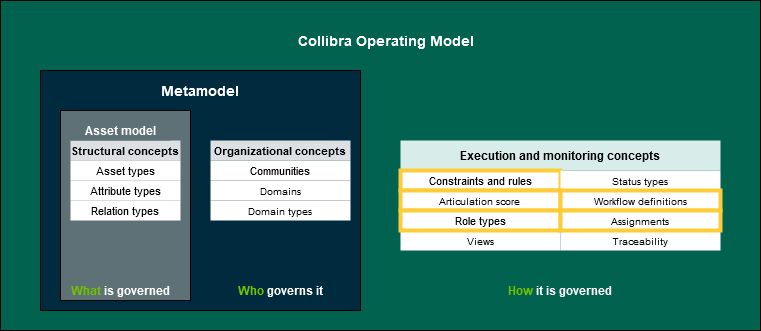Recommendation
The operating model migration process is used when promoting changes to the operating model from Dev or Test (source) environments to Production (target). Content changes in the source environment are not typically migrated to Production, where actual content will be added after the operating model has been updated.
Impact
Following best practices when migrating across environments provides a smoother, safer update, avoiding issues and interruptions to the user experience and can help by:
- Reducing the number of manual steps and human error.
- Maintaining UUIDs of objects in the model.
- Maintaining Workflow definitions and configurations.
Best practice recommendations
We recommend you follow the order of steps below.
- Make sure you are running the same version in both the source and target environments.
- Perform a code-freeze on all changes in both the source and target operating models.
- Backup the target instance and operating model in case you need to restore it later.
- In the source environment: Select the objects in the operating model that need to be migrated.
- Export the created .cma file and spreadsheet report, which documents what has been included in the export.
- Review the report to ensure all change elements required have been included in the export. Remediate and re-export if any changes or other elements were missed from the export.
- In the target environment: Upload the exported .cma file to the target environment using the migration feature.
- Review the simulation report to ensure all changes to the target environment are as expected.
- Execute the import.
In general, communities and domains are considered content, and therefore will not have been migrated with the operating model in the steps above. They should be created in the target environment, but can be migrated from the source.
However, when you export an object, Collibra Data Intelligence Platform automatically exports all referenced objects. Therefore, communities and domains can be migrated with the operating model if they are invoked by Execution and Monitoring Concepts, highlighted in the diagram below.
Note Content is not migrated with the operating model. Advanced users can build workflows to overcome this for some object types if required, or Collibra Professional Services can be contacted for further assistance.
Topic area

Validation criteria
Run the Operating Model Reverse Engineering, or OMRE, on a regular basis.
Additional information
For more information, go to:
- Migration documentation in Collibra's Documentation Center.
- Operating model university courses:Note The University requires you to login with your Collibra credentials. If you do not have a login, you can register on the University.